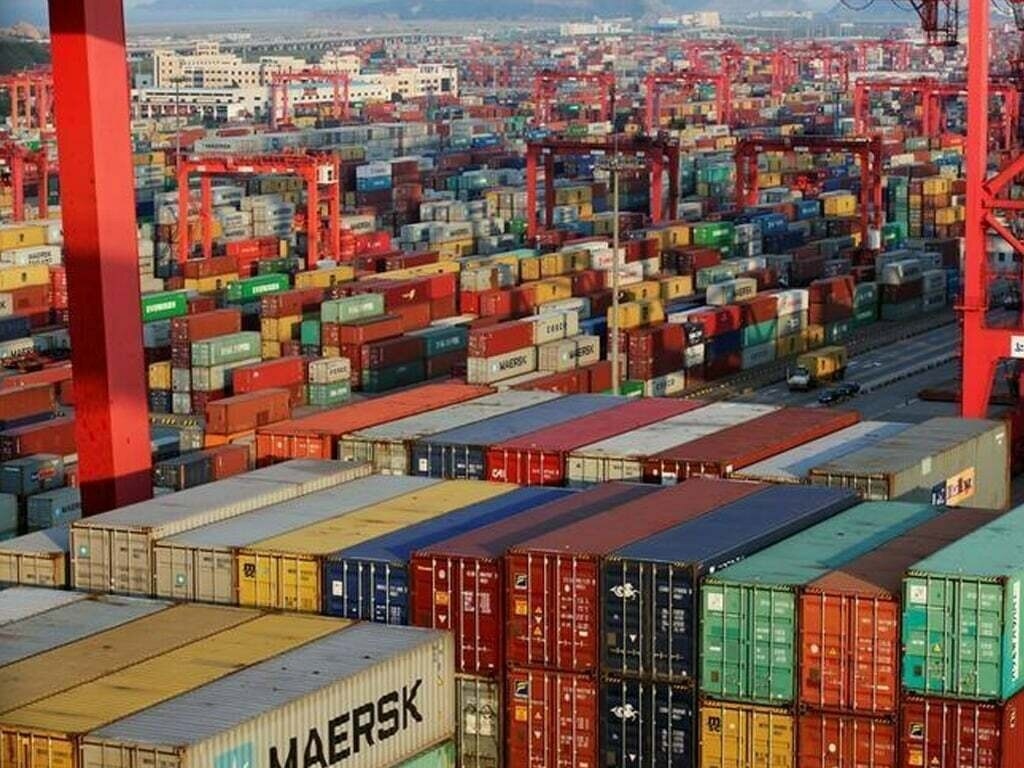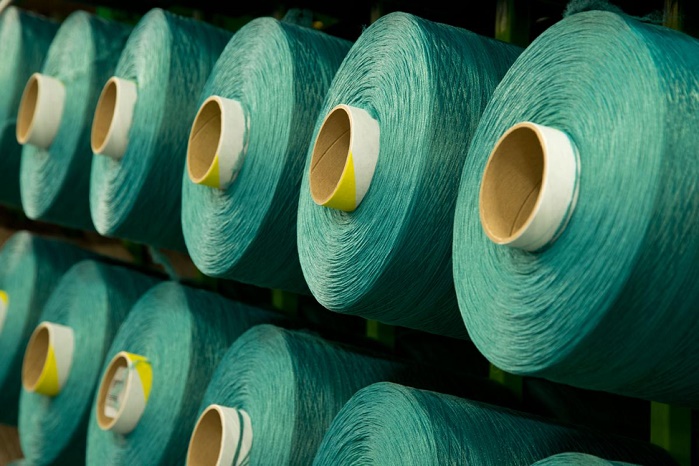Fast fashion garments arrive in stores weekly or even daily and are sold at extremely low prices that consumers can replenish their wardrobes with new outfits several times a year and then throw them out as soon as they go out of fashion. Fast fashion now appears to be synonymous with disposable fashion and has consequently become the norm in Europe. Zara and Primark were early adopters of this strategy which has spread across the fashion industry. The message sent out is that since the items are cheap, it's OK to use them for only one wear.
On the flip side the real cost of a €5 T-shirt lies in the low wages and dangerous working conditions. Globalisation has permitted large scale operations to be shifted to developing countries where brands take advantage of lax regulations and cheap labour which are a fraction of that in Europe, quicker and more flexible deliveries at the lower cost. Following such pressures, smaller factory owners pass on the costs to the workers they employ. Globalisation has opened up the number of countries and factories brands can buy from. This has created a growing number of developing world factories competing for a place in their supply chain sun.
Brands like Zara, H&M, New Look and ASOS among others compete against each other for market share by launching more lines per year at lower costs, reulting in a situation where fashion retailers now offer up to 50 collections a year. These pressures further results in workers having to work for up to 18 hours a day. An Oxfam report says a seven day working week is often the norm during peak times.
NGOs report Bangladeshi sewing machine operators working for 90-100 hours a week yet not having enough to live on for the month. Often workers will accept lower wages and poorer working conditions rather than lose their job. The fast fashion retailers are known for their aggressive pricing strategies, selling 30 to 50 per cent below mid-market rates. To make real change, consumers must get involved in the campaign for more ethically produced clothing.











